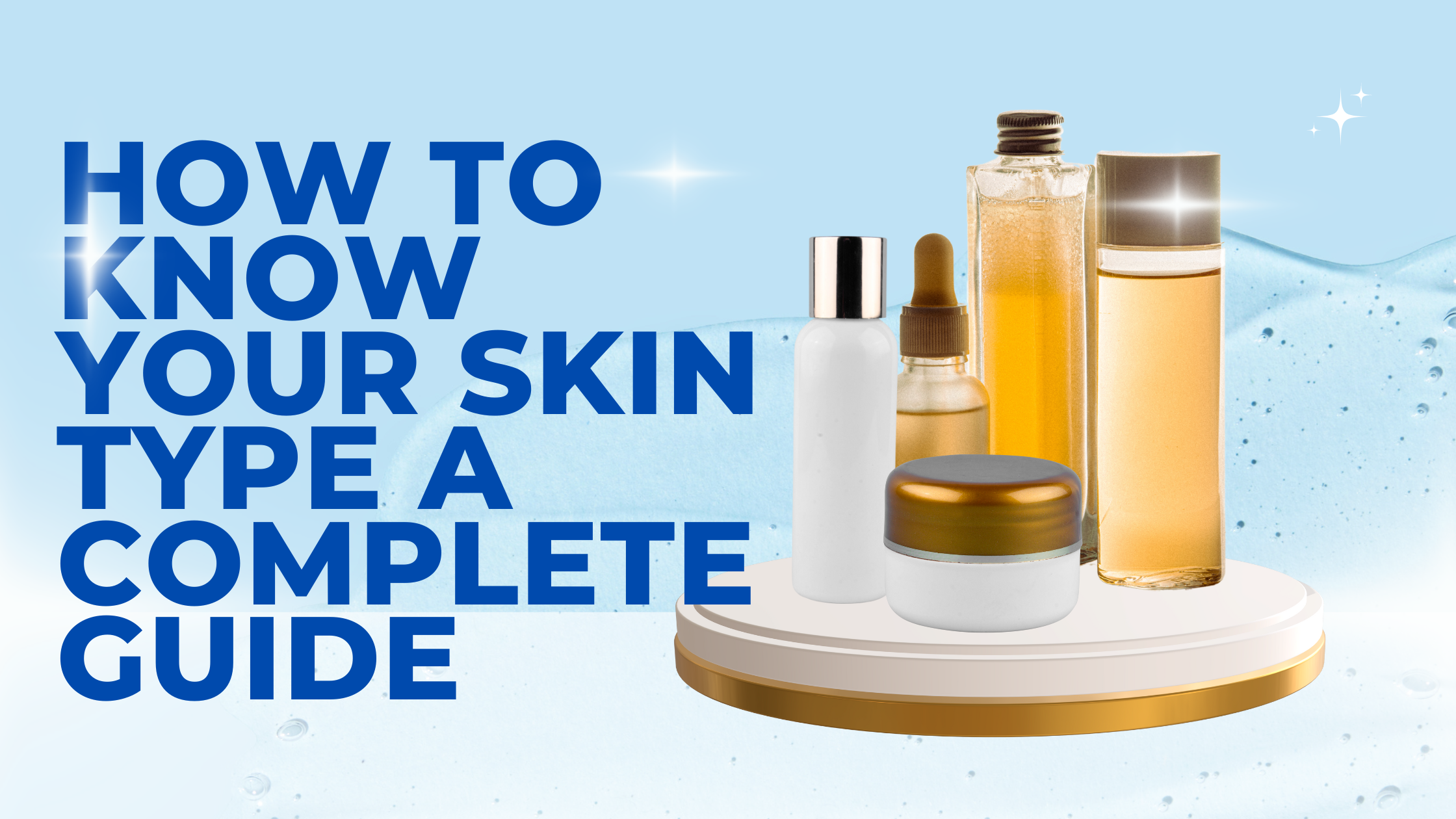Knowing your skin type is critical before starting any skincare treatment. It enables one to select the appropriate products, adjust the treatment mode, and target the particular problems that one’s skin poses. Regardless whether you are new to skincare or are already in the know, understanding your skin type is essential. This is where we create short content about how skin type can be distinguished, study different skin types, and classify oily and dry skin. Now let us find out how to keep the skin in perfect condition and all the secrets around this practice.
How to Tell What Skin Type You Have

How to Identify One’s Skin Type There are some best skin care products for every skin, and therefore, it is important to understand one’s skin type in order to enhance the effectiveness of the regimen. To begin the skin typing process, one should first cleanse their face. It should then dry naturally. Then after about an hour, no products should be used at all. What does the skin feel and look like? If the skin feels ‘pulled’, the skin type is most likely dry. If the surface looks oily especially in the T-zone, the person most probably has an oily skin type. People with combination skin present both the dry and oily types while normal skin presents balance and comfort.
Skin Type Classifications

The skin can be classified into four basic categories; normal, oily, dry and combination. Normal skin is perfectly balanced neither very oily nor very dry and bears very few blemishes. Oily skin is known for the overproduction of oil (sebum) which results in shininess and sometimes acne. Dry skins usually have insufficient water content leading to cracking or tightness of the skin. As the term portrays, combination skin has features of both the above mentioned types, which usually includes an oilier T-zone composed of the forehead, nose and chin and drier lateral sides. Knowing your skin type is the primary factor in helping you understand what products will work best for your skin.
How To Tell Oily and Dry Skin Apart.

In an attempt to assess for oily or dry skin, consider how the skin feels at the different times of the day. An oily skin usually gets shinier with time, especially the T-zone area. You may also have problems with enlarged pores and more outbreaks than usual. The opposite of oily skin is dry skin which always looks dry and feels stretched, sometimes looking rugged or peeling. Such skin may also be quite reactive and reddens easily with provocation. Sometime doing the oil blot test can definitely help, if most areas are blotted with oil including the t zone skin it is safe to say one has oily skin, however if scotting is dry then its most likely dry skin.
How to Determine What Skin Type You Have
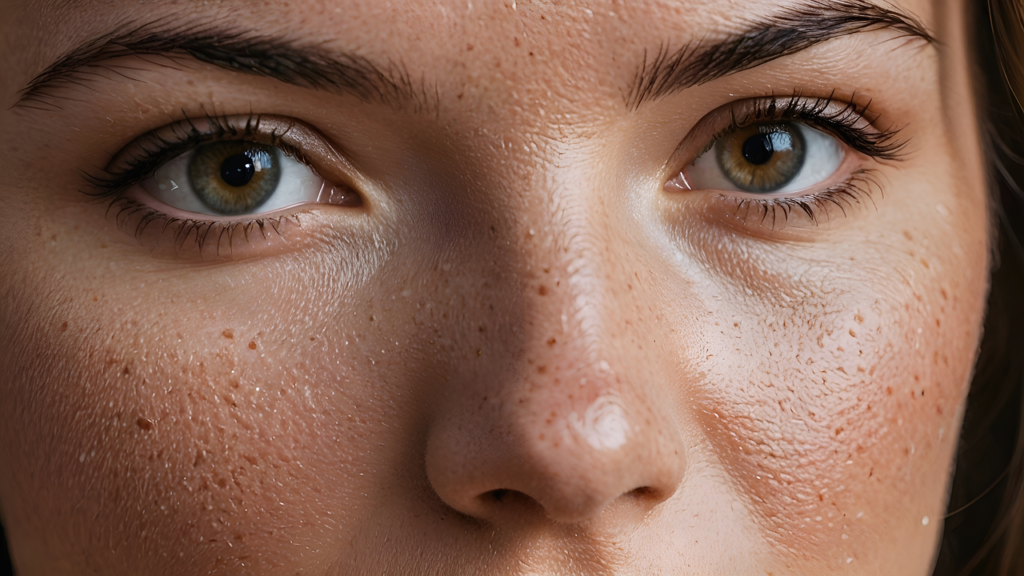
If you are still not certain what your skin type is, it may be worth the while to seek advice from a dermatologist which is a medical doctor who specializes in assessing and diagnosing skin conditions or other skin care expert. They will be able to examine you properly and give you tailored advice suited to your needs. In addition, it helps to notice how your skin responds to changes in seasons and the various products that you use. For example, if your skin tends to be dry during the winter season and oily in the summer; this can be an indication of combination skin. Having a skincare journal will also assist in noticing these patterns and learning more about what affects the skin and its changes.
So Do I Have Drier Skin or Oily Skin?
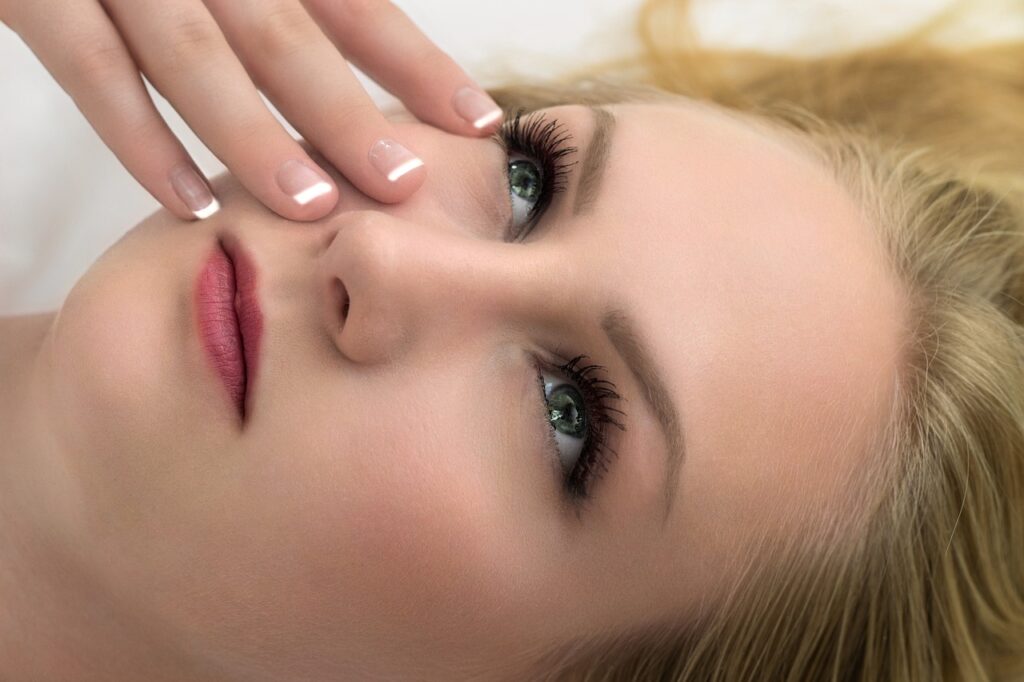
Apart from these, it is often hard to differentiate between the two skin types; oily and dry especially to an individual with a combination skin. Focus on sections of your face: for instance, when your cheeks are rather tight and flaky but your forehead and nose are glossy, this is most probably a combination skin type. Also, after washing your face, take note of how your skin feels. Does it feel tight or uncomfortable? If it does, then your skin is most probably a dry one. If that is the case, then your skin is oily since it will become greasy shortly after the washing. Interpreting these cognitive difference will assist you in knowing what to use for each skin type.
Creating a Customized Skincare Routine

After knowing your skin type, it is time to come up with a skincare plan that will fit only you. For someone who has oily skin, a mild foaming face wash, a light weight oil-free moisturizer, as well as a sunscreen without oil should be used. For very dry skin, it is advisable to use a cleansing lotion, intensive moisturizer and a hydrating sunscreen. For combination skin, balancing products like a mild face wash, T-zone light weight cream and a heavy cream for the cheeks are needed. Most of the time-normal skin can make use of more varieties of products but it also requires some moisturizing properties and protection.
Common Myths About Skin Types
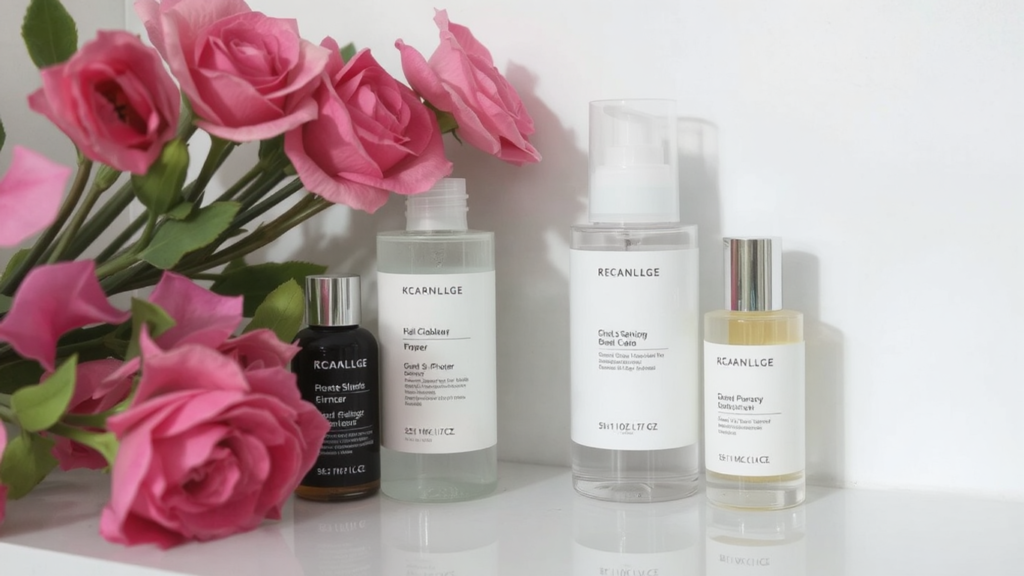
People Generally Believe In Some Fallacies Regarding The Types Of Skin.
There are all sorts of skin stereotypes that exist and thus create some confusion. One of them is the belief that people with oily skin should not wear moisturizer. In truth, all skin types require some hydration; it is just that oily skin, does not need products with oils. A further example is the suggestion that people with dry skin should simply consume more liquids if they wish to address the problem. Although hydration is crucial, it is also important to use creams and ointments that assist the skin in obtaining and retaining moisture as well as in forming an effective barrier.
Seasonal Variation and Skin Type

Skin type will vary over the seasons. For example, winter can dry bedraggled even oily facing moistening products. In the similar fashion, summer can make dry skin surfaces oily, thus requiring off heavier products. It is also important to adapt your beauty regimen to the weather as well as the demands of your skin. Watch out for the changes in your skin during different seasons and be able to change your products when the need arises.
How to Choose the Correct Products
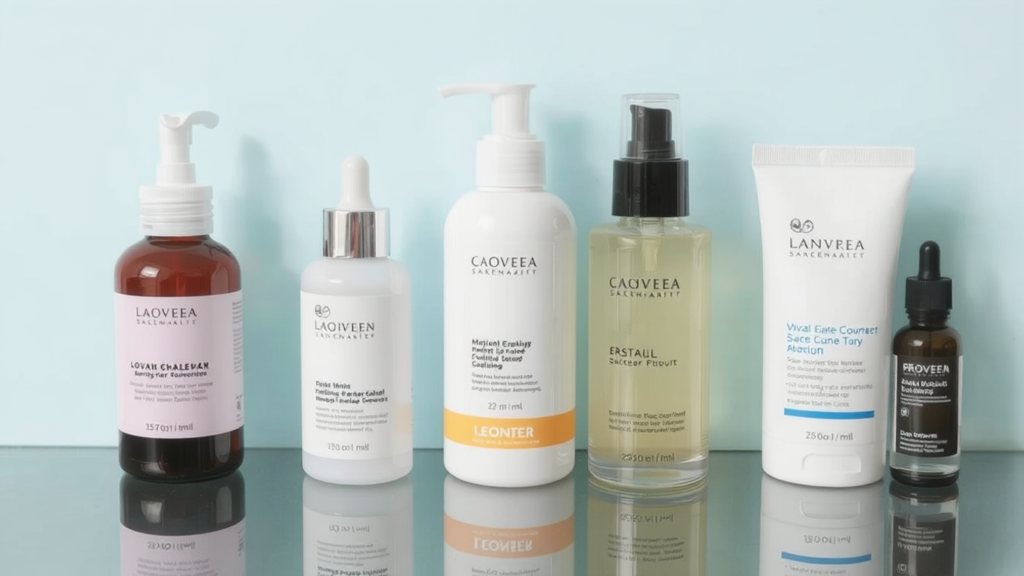
The products that you pick, especially the ones that suit your skin type, play a significant role in the health and the appearance of one’s skin. In the case of oily skin, for example, avoid comedogenic and oily products. For dry skin, incorporate more products that have hyaluronic acid and ceramides as they are usually very moisturizing and restoring. As for the combined, some areas of the face will be treated with different categories of products. Generally, normal skin can bear most of the products but it doesn’t mean that normal skin care should not be practiced.
Love Your Skin Type
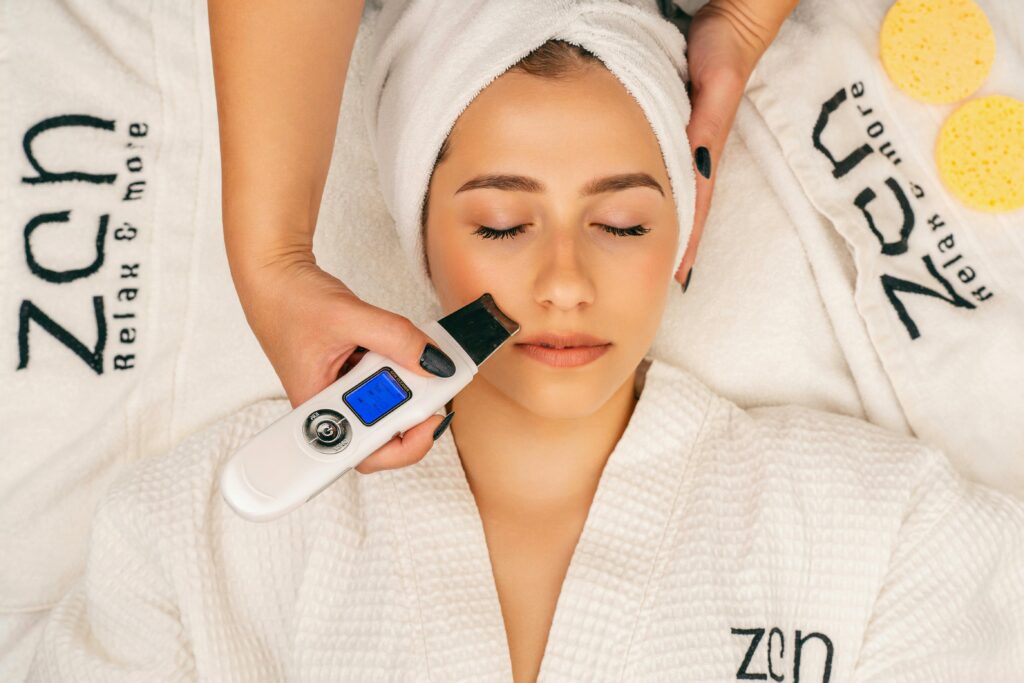
The art of loving one’s skin type is one of the most important aspects that aid in restoring healthy and glowing skin. Each skin type has a specific need, more so a challenge, that may at best be handled using appropriate products and information. And, there is no standard rule for skin care. While the groups may be pooled together, this does not necessarily mean it is going to give you the same outcome. Learn your skin and treat it, as well as yourself, how it should be treated. Appreciate your skin and be kind to it.
